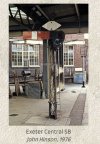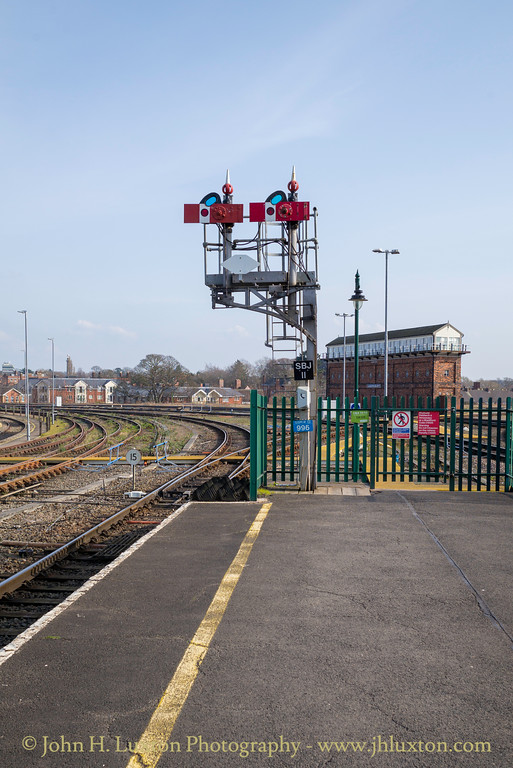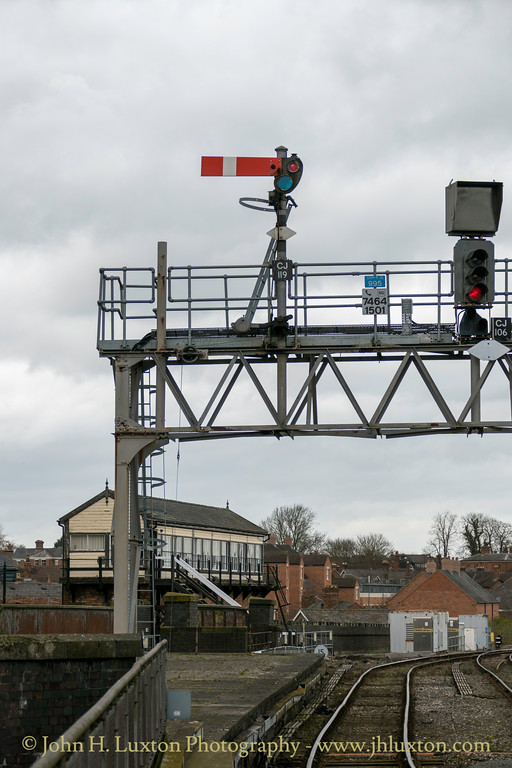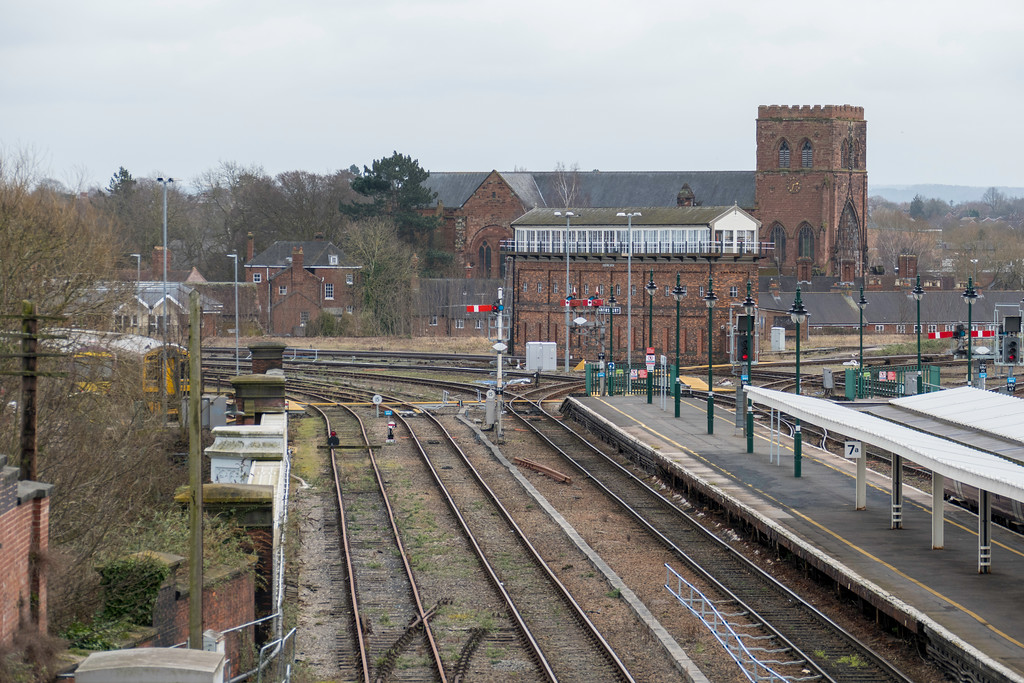I just been watching the film Crow Hollow released in 1952 so early British Railways era. There is a shot of a woman catching a train at Gomshall and Shere station which on on the Guildford to Dorking line. Before seeing the train or the station name a lower quadrant signal is seen in the background suggestion a GWR station but the train had a Southern Loco, looked like an N or U class. You can see a photo here https://www.reelstreets.com/films/crow-hollow/ capture 11. You can just about make out the lower quadrant signal.
All the film locations are in Surrey so not a disguised station. I thought only the GWR had lower quadrant signals, in BR days at least?
All the film locations are in Surrey so not a disguised station. I thought only the GWR had lower quadrant signals, in BR days at least?





